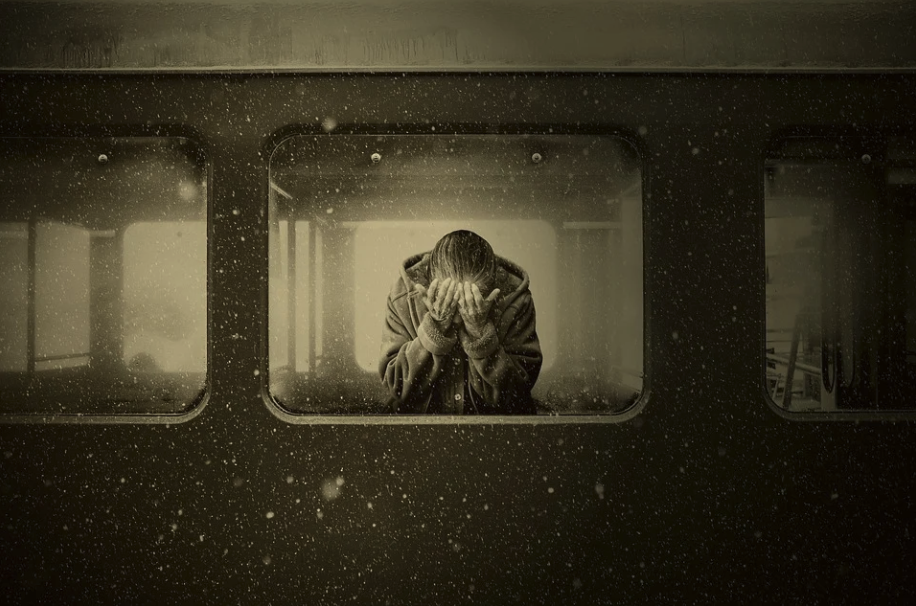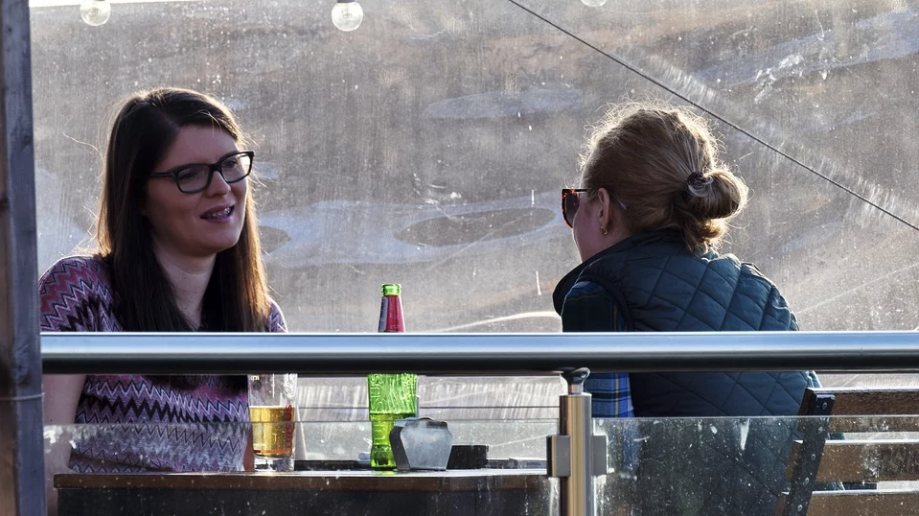Ten years ago, the BBC announced that loneliness was a “hidden killer” of the UK’s elderly. Last year, the US Surgeon General, Vivek Murthy, connected the coronavirus pandemic with a loneliness epidemic in America. And this year, it has been clear that we are in a global loneliness crisis.
What is loneliness?

Psychologists define loneliness as a state of distress or discomfort caused by a lack of connection with others.
One in five millennials in the US say they have no friends at all, according to a survey done in 2019. Sixty percent of US nursing home residents get no visitors at all. In the UK, one in ten elderly people reported suffering from “intense” loneliness. Loneliness has become a public health issue the world over.
Like other psychological crises, the effects of loneliness are not just “in our head.” The body suffers too.
We are hard-wired to connect. Our bodies need contact with others. Such contact calms our minds. It also releases hormones that calm our bodies.
Without connection, stress hormones take over. Our heart rate and blood pressure are higher. Loneliness could be worse for our physical health than being obese or smoking!
Recognizing our Loneliness
Knowing all of this, we all have to ask: “Am I lonely?”
It’s surprisingly easy to avoid the topic. We have endless entertainment to distract us. Many of us have endless work to do. And chores. And family-care. And bills. And stress.

All of these might distract us from the fact that we don’t have real connections in our lives.
How often do we sit with another person without distractions? Just to talk, catch up, say how our day went? Do we meet regularly with a friend or two? Do we connect regularly with family members?
Even work-colleagues can be a source of connection if we have regular lunch with them or take time to meaningfully engage regularly. When I had an office job a few years back, a group of us would go out to lunch every day together. Just walking together to and from, haggling about which place to go, and commenting on our food opened the way to connection.
If one or two of us got out our phones, the whole thing fell apart. Suddenly it was just five people alone on phones who happened to be sitting at one table.
Since switching to working from home, that connection has been lost. I’ve made it up with more time with my daughter and wife and more regular phone calls with my sister and mom.
Thanks to the COVID pandemic and being busy in general, I have yet to form a regular time to just hang out with friends or colleagues. But a few meetings here and there have been restorative.
Two directions to go
Work stress can make us seek out new ways of approaching our career. The stress of lifting a weight can make our muscles rebuild ever-stronger. In the same way, loneliness can be a sort of social-stress that leads us to examine our life.
Recognizing my own loneliness, I’ve seen that there are two clear choices.
- First, I could find ways to meet up with people. And I have done some of this. It is wonderful, even if it is an effort.
- Second, I have turned to spiritual work. In most religious traditions, our loneliness can be an opportunity to turn toward growth. For me, that has meant meditation, finding my inner balance. (Yes, just sitting alone can be a great cure for loneliness.)
When I meditate, I find that I am more at ease with my surroundings and work. Without it, I can be easily distracted by things like the mess of new mail that just came in or the complex work email that I wasn’t expecting.
Three steps of meditation
Meditation trains me to take a breath, find calm, and move forward. Depending on my day, I might have to spend some more time breathing on my cushion. Some days I find a place of calm and just want to stay there. Other days, it’s just a breath or two, (of calm), and then several hours of productive work and meaningful connection with people in my life.
Meditation in any tradition can be a great way to befriend ourselves. Sometimes our loneliness is caused by a conscious desire to avoid other people. Sometimes it is unconscious. What is important is seeing within what might be driving us.
Once we are more friendly with ourselves, it is easier to be friendly with others. This doesn’t mean we have to become a social butterfly. But when we do interact with people, we can be more warm and open.
Being around people and still being lonely

One misconception is that being alone is the same as being lonely. If this was true, very spiritual and creative people would be the loneliest. After all, they often spend the most time alone.
However, that is not the case. In fact it is the quality of our relationships with others that matters. Not the quantity.
A few years ago I began working with a group of people on a topic close to my heart. We formed an instant bond. But over time it became clear that I didn’t quite fit in with the group. More and more, my time in the group felt more and more lonely.
Has that ever happened to you? Have you felt lonelier when you were with a person or group? If that happens, being alone can actually be better. On our own, we can reassess our relationships and work on spending time with people we can authentically connect with.
It is authentic connection that matters most. That is the key to overcoming loneliness. It can be with friends, community members, or family. It can be with ourselves or with a higher power if we believe in one.
Our loneliness crisis is all around us. It is no wonder we get lonely sometimes! But there are tools out there to help us overcome it.
 Justin Whitaker, Ph.D., holds a doctorate in Buddhist ethics from the University of London. He has given lectures, and taught Buddhist studies and Philosophy at Oxford University, the University of Hong Kong, the University of Montana, and at Antioch University’s intensive study-abroad program in India. He is a certified meditation teacher, a regular contributor to Patheos.com, and Senior Correspondent for Buddhistdoor Global. He lives in Missoula with his family.
Justin Whitaker, Ph.D., holds a doctorate in Buddhist ethics from the University of London. He has given lectures, and taught Buddhist studies and Philosophy at Oxford University, the University of Hong Kong, the University of Montana, and at Antioch University’s intensive study-abroad program in India. He is a certified meditation teacher, a regular contributor to Patheos.com, and Senior Correspondent for Buddhistdoor Global. He lives in Missoula with his family.
